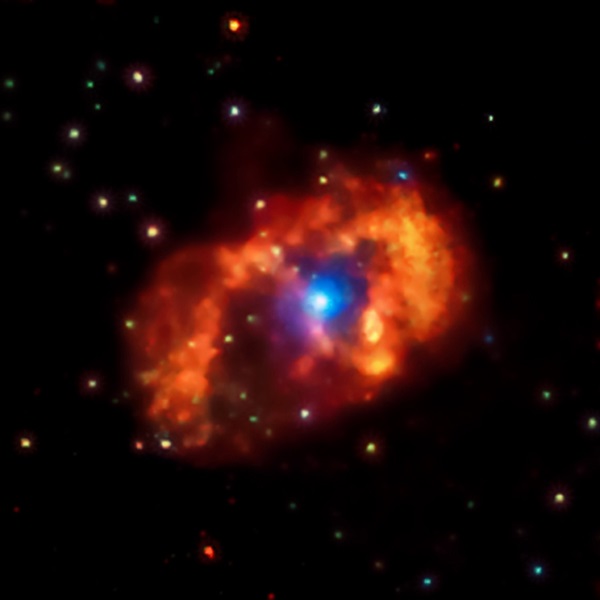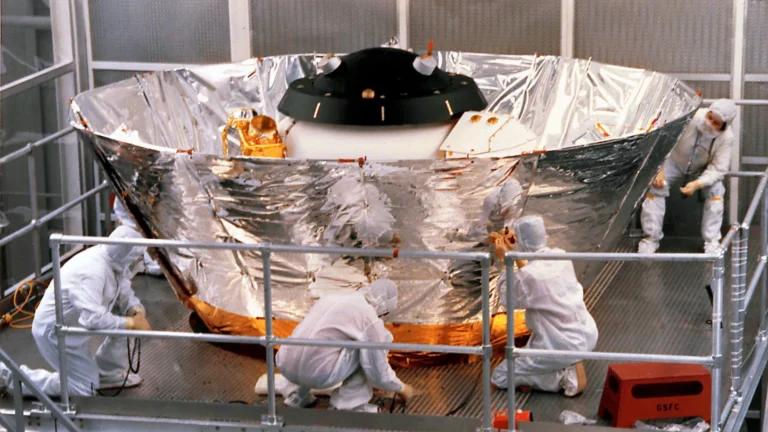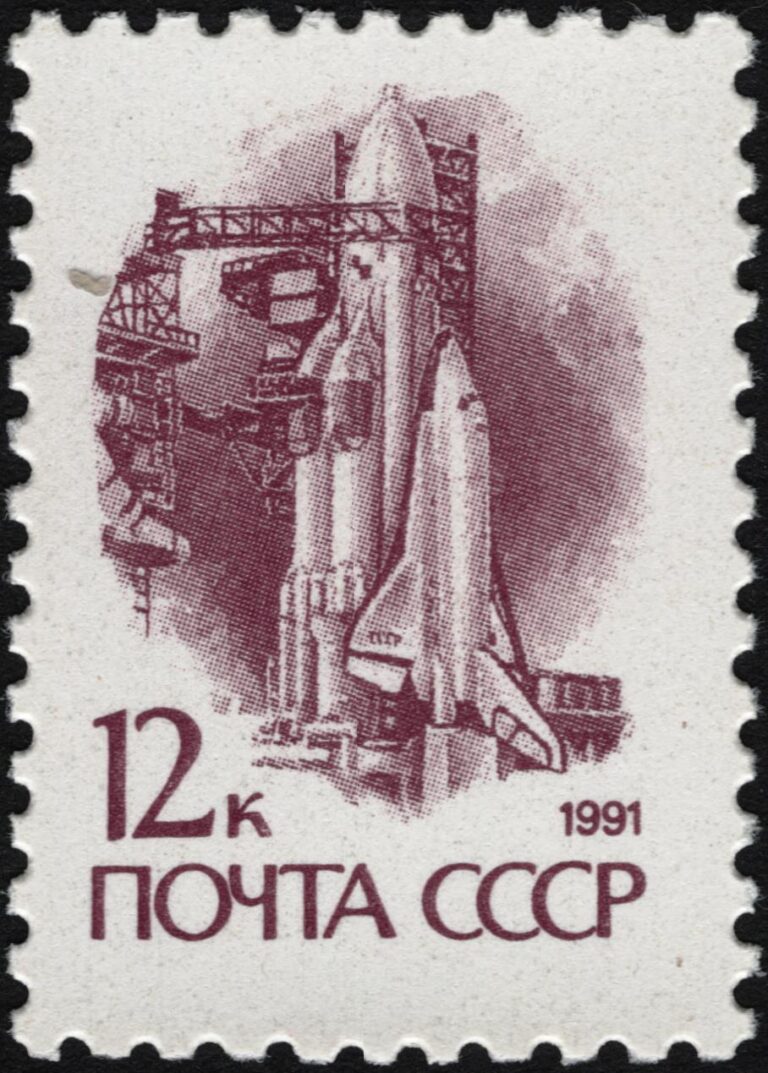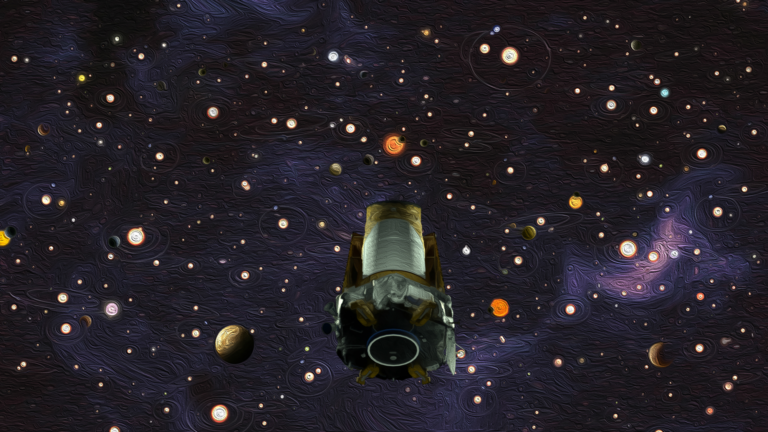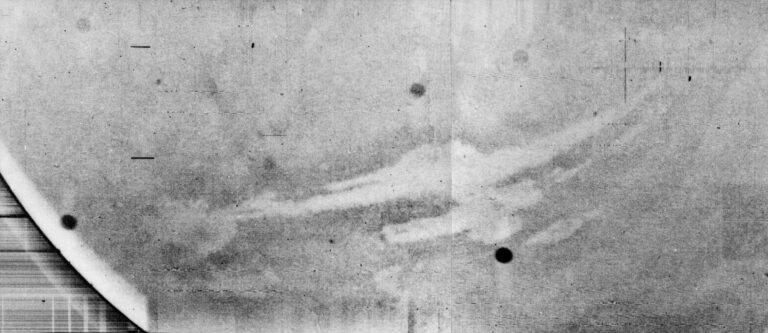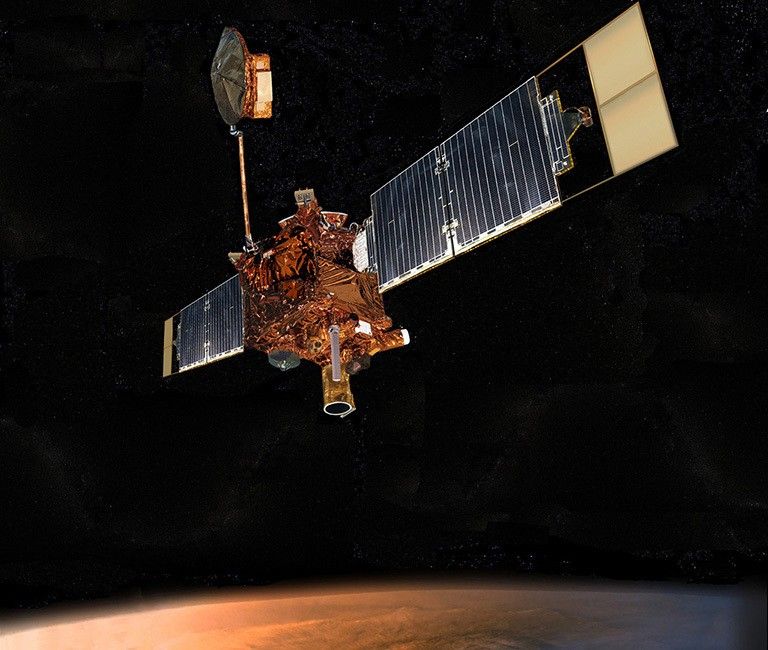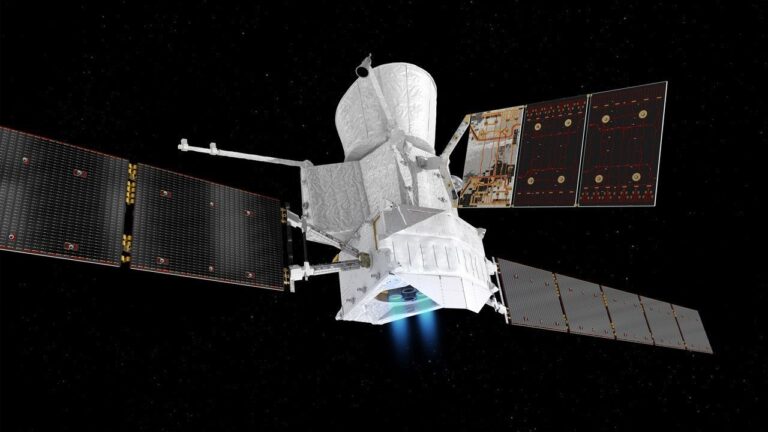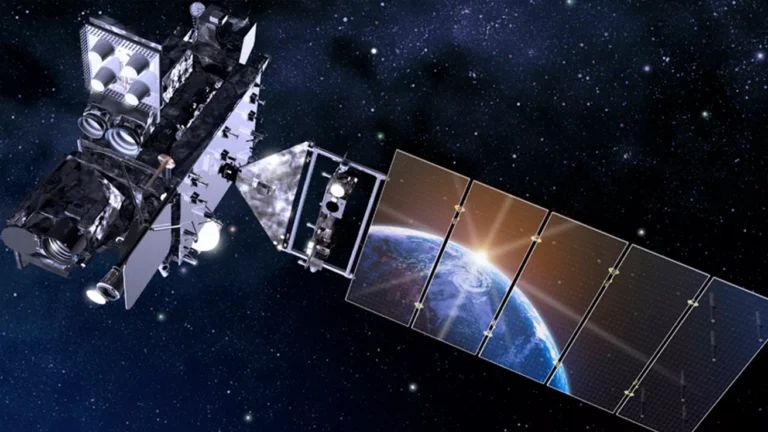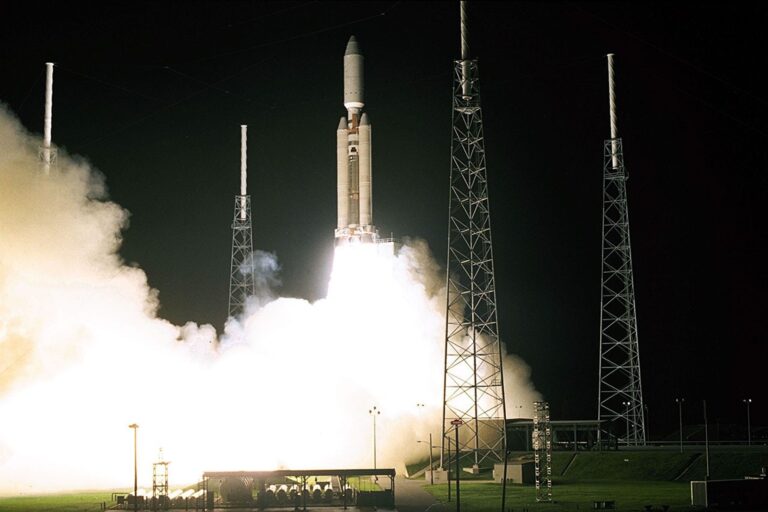Key Takeaways:
Since its first years of on-orbit operations — particularly after the spectacular fixes and upgrades of the first servicing mission in December 1993 — each new Hubble observation has brought utterly new and remarkable detail to our view of the cosmos. And the intense surge of exhilaration in anticipation of new imagery or spectra remains today even as it did back in the 1990s.
“Wow, look at that! I’ve never seen that before! See if it connects back to the protostellar source,” we’d exclaim as the digital pictures scrolled down our monitors and we’d pan around the image looking for every new feature.
In a profound way — and this is certainly true for my own research — Hubble transformed our understanding of the universe. We could finally resolve physical scales that our modeling told us were important but we hadn’t directly observed before. We could see scale lengths the size of our own solar system out to the distance of the Orion Nebula and beyond and witness new planetary systems being born. We could differentiate variations in temperature and composition within separate filaments in planetary nebulae and supernova remnants, thereby matching our theoretical predictions about the end states of stars to actual celestial targets. We could distinguish amazing substructure within the spiral arms of galaxies, even resolving individual stars and harnessing the exquisite stability of the space environment to make accurate distance measurements out to cosmologically important scales. And we could finally observe how chaotic the lives of galaxies are across cosmic time, allowing us to lay the foundation of our understanding of the path that the Milky Way Galaxy took from just a few hundred million years after the Big Bang to the modern universe some 13.8 billion years hence.
And when combining Hubble’s ultraviolet, visible, and near-infrared data with data from NASA’s other great observatories, we learned how powerful it is for obtaining a complete understanding of the underlying cosmic physics to integrate observations across the entire electromagnetic spectrum. Indeed, our panchromatic approach to studying the cosmos from space will be jeopardized in the future once Hubble is decommissioned, as there is no planned government-funded facility with a Hubble-class aperture that replaces its powerful capabilities in the ultraviolet-visible, particularly its high-resolution imaging and spectroscopic modes.
My favorite images
There are many spectacular images of celestial targets near and far from the Hubble Space Telescope. Many images, such as the Eagle Nebula and the Hubble Deep Field, are iconic in the minds of both scientists and space enthusiasts. These images have adorned textbooks, planetarium shows, and museum exhibits, and have infiltrated essentially all segments of society. In fact, Hubble is probably the most famous scientific facility in modern times — my (non-scientist) friends, extended family, everyone I’ve sat next to on an airplane, not to mention many of our late-night talk show hosts, all know about Hubble.
I’ve been privileged to use Hubble’s exquisite capabilities for my own research, for example participating on teams studying how stars and their planetary systems form, how very large stars explode at the end of their lives and seed the interstellar medium with the elements necessary for life, and how gas deposited in a galaxy in a recent merger can fuel a supermassive black hole at the galaxy’s center. My favorite images from some of these investigations are of the protostellar jet HH 47, the supermassive star Eta Carinae, and the young supernova remnant Cassiopeia A.
The servicing missions to Hubble captured the nation’s attention and each time left a more capable observatory. This ability to upgrade has kept Hubble on the leading edge of technology, even though the observatory is 25 years old. It also has allowed us to repair things that fail over time. Since the last upgrades and repairs made by NASA’s astronauts during the last servicing mission in May 2009, the observatory has been operating at its peak performance. While there are certain 1970s and ’80s legacy design features on Hubble that make it desirable to move on to a new generation of observatories in the future, Hubble’s public presence and scientific importance undoubtedly stem from its longevity enabled by astronaut servicing.
There has been a long-standing controversy about whether the servicing missions have been worth the cost versus building new expendable observatories that are not human rated. While the initial capital costs are higher for a facility that is configured (and safe) for astronaut servicing, the costs that NASA’s science budget has paid for Hubble’s servicing missions is considerably less than the cost of building a sequence of Hubble-class observatories with commensurate capabilities.
Hubble’s long-term legacy and the ASTRO-1 space observatory
I have often said that Hubble’s true legacy will be realized when astronomers decades or even a century from now compare their data from those future observatories with Hubble data. What Hubble has shown us is that the universe is dynamic — the celestial temple is not a static solitude of fixed and immovable objects. Whether it’s the Crab Nebula, a protostellar jet streaming light-years across the Carina Nebula, or an accretion disk surrounding a billion-solar-mass black hole at the center of an active galaxy, things change. Tracking such changes is a principal goal of time-domain astronomy.
NASA and other space agencies have mapped out an exciting set of future observatories for this decade and the 2020s, including the James Webb Space Telescope (JWST) and the Wide Field Infrared Survey Telescope (WFIRST). These two facilities make up the core of NASA’s future large observatories in space during the next decade and will provide new tools to map the sky deeper and broader at infrared wavelengths. However, we can recognize now that there will be serious gaps in capability once Hubble is decommissioned, hopefully no sooner than some time early next decade, despite the frontier capabilities that the planned observatories promise. In particular, Hubble’s ultraviolet-visible imaging and spectroscopic capabilities will have no replacement on any planned large-aperture space telescope.
This eventuality has led my colleagues and me to conceive the ASTRO-1 space telescope at the BoldlyGo Institute. Having direct experience with the acute limitations in federal funding for space science projects, the BoldlyGo Institute was formed to harness private funding to develop and launch cutting-edge space missions. The ASTRO-1 space telescope is designed to provide the next-generation UV-visible imaging and spectroscopic capabilities in the post-Hubble era. The current baseline architecture for ASTRO-1 is a 1.8-meter-diameter space telescope with a novel off-axis, unobscured design that delivers a wide field of view for its large digital camera. The off-axis design results in exquisitely round star images that lack the cross-shaped diffraction spikes commonly seen in astronomical images. Thus, ASTRO-1 will include a coronagraph for exoplanet research, along with a versatile UV-visible spectrograph, in addition to a diffraction-limited imaging camera that will have at least 10 times the field of view of Hubble’s cameras. We plan to make this facility broadly available, and believe the amateur astronomy community served by Astronomy magazine could make up an essential constituency supporting and participating in the construction and use of ASTRO-1.
Jon Morse is the chief executive officer of the BoldlyGo Institute. He has more than 15 years of leadership experience in space missions, space-focused organizations, and science and innovation policy. He served as director of the Astrophysics Division in the Science Mission Directorate at NASA Headquarters from 2007 to 2011, leading a strategic re-organization of the division and overseeing the successful completion and launch of several space observatories, including the Fermi Gamma-Ray Space Telescope, the Kepler planet-finding telescope, and the Wide-field Infrared Survey Explorer. Prior to that, he served as a senior policy analyst in the White House Office of Science and Technology Policy, with a portfolio encompassing physical sciences and engineering at the National Science Foundation, Department of Energy, NASA and the National Institute of Standards and Technology. Before joining the government, he was project scientist for the Cosmic Origins Spectrograph, an instrument that was installed on the Hubble Space Telescope during the final servicing mission in 2009.
A well-published astrophysicist, his academic leadership experience includes roles as associate director of the Center for Astrophysics and Space Astronomy at the University of Colorado at Boulder and more recently as associate vice president for Research for Physical Sciences & Engineering at Rensselaer Polytechnic Institute. He is a Harvard graduate and earned his Ph.D. from the Department of Physics & Astronomy at the University of North Carolina at Chapel Hill.



